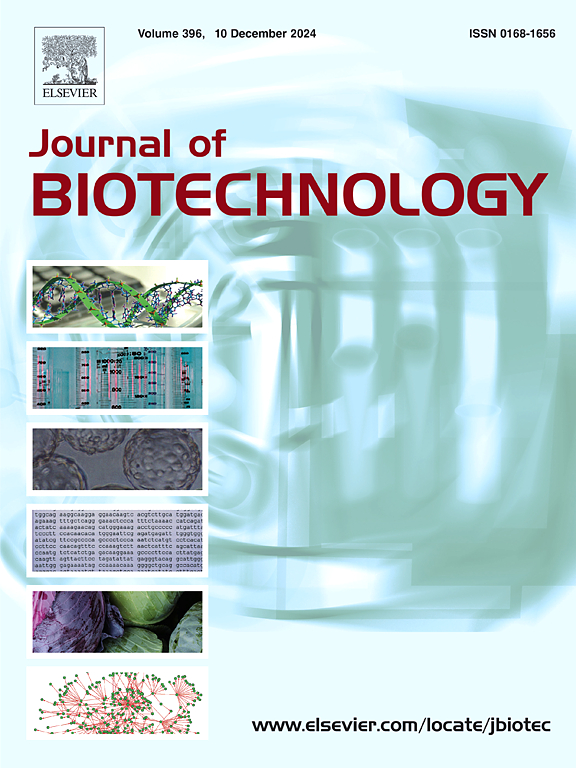Advances in photonic crystal hydrogels for biomedical research: A review
IF 4.1
2区 生物学
Q2 BIOTECHNOLOGY & APPLIED MICROBIOLOGY
引用次数: 0
Abstract
Photonic crystal hydrogel is an advanced material that combines the properties of photonic crystal and hydrogel with unique responsiveness and optical properties. By combining photonic crystals with hydrogels, the new material not only inherits the optical properties of photonic crystals, but also possesses the responsiveness and good biocompatibility of hydrogels. This makes the photonic crystal hydrogel show a broad application prospect in the field of sensors, clinical detection and biomedicine. In recent years, the use of photonic crystal hydrogels for sensors has been studied and applied. By designing different photonic crystal hydrogel materials, the temperature, humidity, and ion concentration in the environment can be targeted for highly sensitive detection. The results of the detection will be fed back in real time as visualized optical signals, i.e., changes in structural color. The material has been little studied in the clinical detection and biomedical fields and deserves further exploration. In this review, we first introduce the basic information of photonic crystal hydrogels, such as the structure and synthesis of the material. Then, we further describe the current research progress and preliminary results of this material in the fields of biosensing, drug release and clinical detection.
生物医学用光子晶体水凝胶研究进展
光子晶体水凝胶是一种结合光子晶体和水凝胶特性的先进材料,具有独特的响应性和光学特性。通过将光子晶体与水凝胶结合,新材料既继承了光子晶体的光学特性,又具有水凝胶的响应性和良好的生物相容性。这使得光子晶体水凝胶在传感器、临床检测和生物医学等领域显示出广阔的应用前景。近年来,人们对光子晶体水凝胶在传感器中的应用进行了研究。通过设计不同的光子晶体水凝胶材料,可以针对环境中的温度、湿度和离子浓度进行高灵敏度的检测。检测结果将以可视化光信号的形式实时反馈,即结构颜色的变化。该材料在临床检测和生物医学领域的研究较少,值得进一步探索。本文首先介绍了光子晶体水凝胶的基本信息,如材料的结构和合成。然后,进一步介绍了该材料在生物传感、药物释放和临床检测等领域的研究进展和初步结果。
本文章由计算机程序翻译,如有差异,请以英文原文为准。
求助全文
约1分钟内获得全文
求助全文
来源期刊

Journal of biotechnology
工程技术-生物工程与应用微生物
CiteScore
8.90
自引率
2.40%
发文量
190
审稿时长
45 days
期刊介绍:
The Journal of Biotechnology has an open access mirror journal, the Journal of Biotechnology: X, sharing the same aims and scope, editorial team, submission system and rigorous peer review.
The Journal provides a medium for the rapid publication of both full-length articles and short communications on novel and innovative aspects of biotechnology. The Journal will accept papers ranging from genetic or molecular biological positions to those covering biochemical, chemical or bioprocess engineering aspects as well as computer application of new software concepts, provided that in each case the material is directly relevant to biotechnological systems. Papers presenting information of a multidisciplinary nature that would not be suitable for publication in a journal devoted to a single discipline, are particularly welcome.
 求助内容:
求助内容: 应助结果提醒方式:
应助结果提醒方式:


